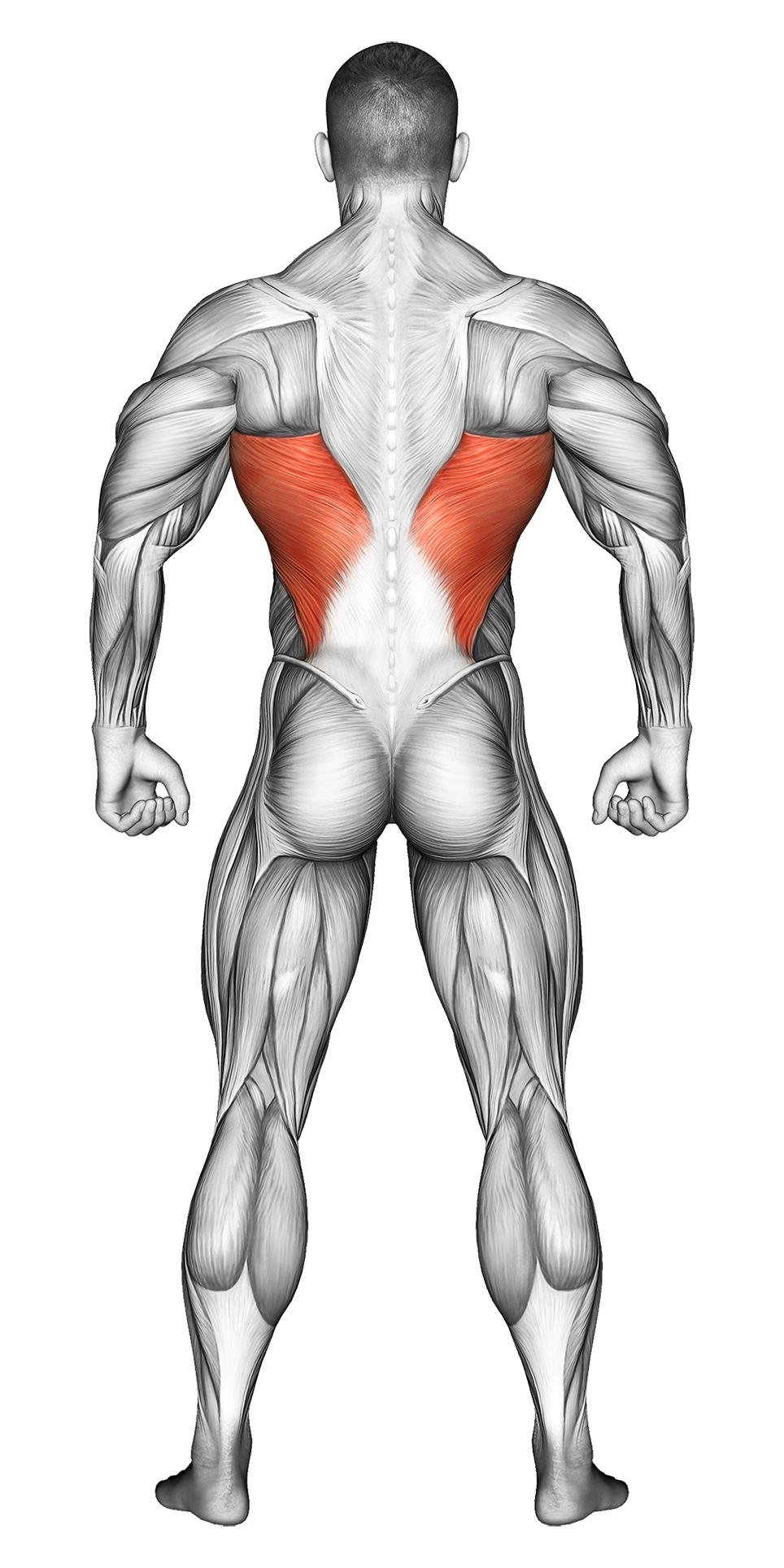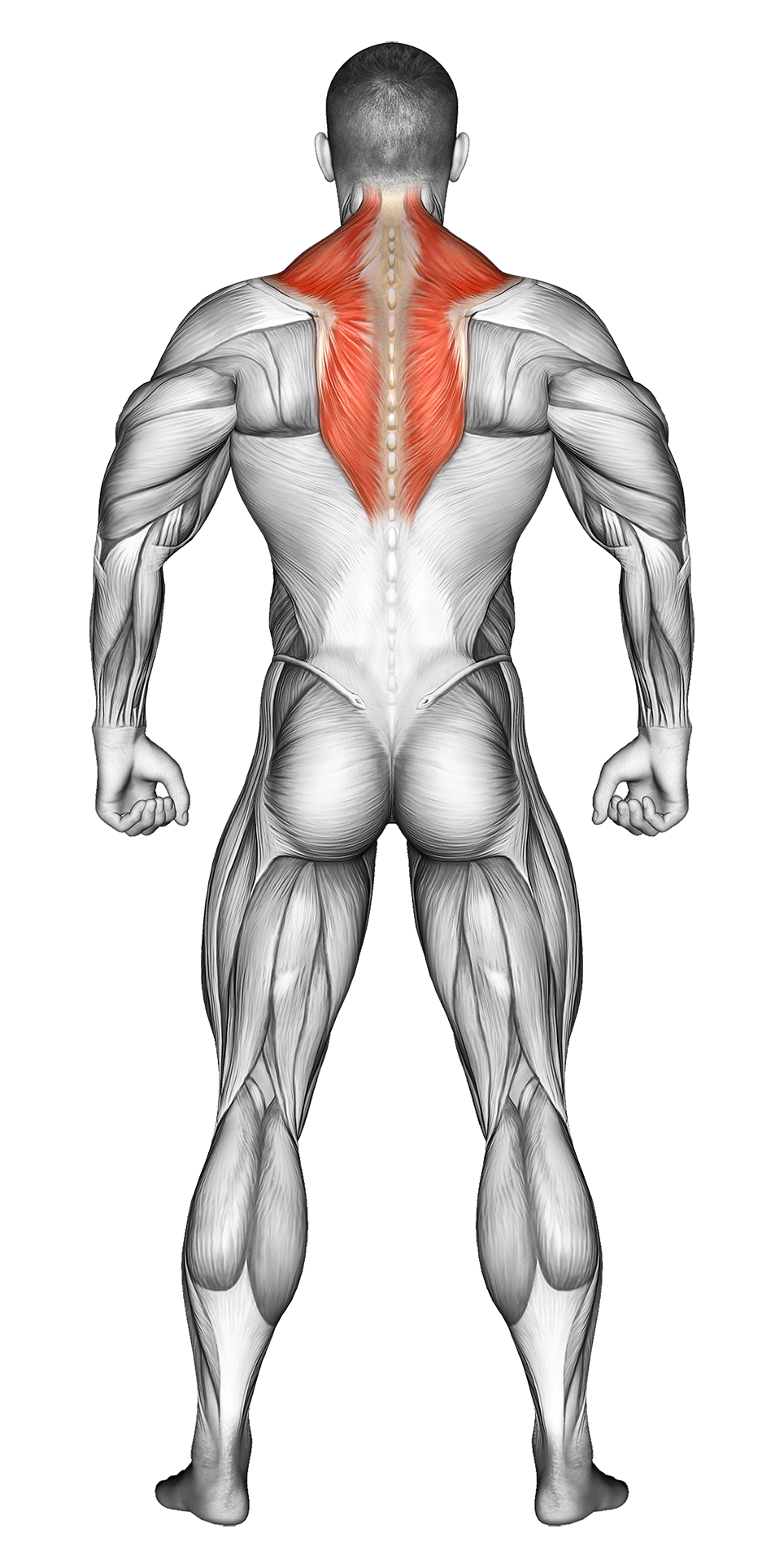Lat Pull Down: Video Tutorial & Exercise Guide

Written By: Ether Brown
Updated: Oct 13, 2024
| Workout | Lat Pull Down |
| Primary Muscle Group | Lats |
| Secondary Muscle Group | Traps |
| Equipment Required | Lat Pull Down Machine |
| Force Type | Pull |
| Mechanics | Isolation |
| Exercise Type | Strength |
| Difficulty | Beginner |
Lat Pull Down: Video Tutorial & Exercise Guide
- 1.Lat Pull Down: Muscle Groups
- -1.1Primary Muscle Group
- -1.2Secondary Muscle Group
- 2.Lat Pull Down: Step-by-Step Guide
- 3.Lat Pull Down: Overview
- 4.Lat Pull Down: Benefits
- 5.Lat Pull Down: Pro Tips & Advanced Techniques
- 6.Lat Pull Down: Progression Plan
- 7.Lat Pull Down: Frequently Asked Questions (FAQs)
Secondary Muscles Group
Lat Pulldown: Step-by-Step Guide
- Step 1: Sit down at the lat pulldown machine and adjust the thigh pad so your legs are secure. Grab the bar with a wide grip, palms facing forward.
- Step 2: Lean back slightly, keeping your core engaged and chest up. Fully extend your arms to start the movement, feeling a stretch in your lats.
- Step 3: Pull the bar down towards your upper chest, leading with your elbows. Focus on engaging your lats as you bring the bar down, squeezing your shoulder blades together at the bottom.
- Step 4: Pause for a brief moment at the bottom of the movement, then slowly extend your arms to return to the starting position with control.
- Step 5: Repeat for the desired number of reps, ensuring you maintain proper form throughout the entire set.
Lat Pulldown: Overview
The Lat Pulldown is a classic upper-body exercise primarily targeting the latissimus dorsi (lats), helping to develop a strong, wide back. The exercise also engages the biceps, traps, and rhomboids, making it a key movement for building pulling strength and overall back thickness.
By using a cable machine, the lat pulldown provides constant tension on the muscles throughout the entire range of motion, making it a highly effective exercise for muscle growth. Whether you're a beginner or advanced lifter, the lat pulldown can be adjusted to suit your fitness level.
Lat Pulldown: Benefits
The Lat Pulldown strengthens the muscles in your back, specifically the lats, which are essential for developing a V-shaped upper body. Additionally, it helps improve posture by targeting the muscles that support the spine.
This exercise also improves pulling strength, which carries over to other compound movements like pull-ups, rows, and deadlifts. By working the upper back and biceps together, the lat pulldown enhances upper-body stability and control.
Furthermore, the controlled nature of the lat pulldown helps prevent injury and promotes proper movement patterns, making it a safer alternative to pull-ups for those who are still building strength.
Lat Pulldown: Pro Tips & Advanced Techniques
To maximize the effectiveness of the lat pulldown, focus on leading the movement with your elbows rather than pulling with your arms. Keep your chest lifted and avoid rounding your shoulders. For an added challenge, try slowing down the eccentric (lowering) phase of the movement to increase time under tension. Ready to build a wider, stronger back? Let’s pull down!
Lat Pulldown: Progression Plan
Beginner
Intermediate
Advanced
Lat Pull Down: Frequently Asked Questions (FAQs)
What muscles do Lat Pulldowns target?
+Lat Pulldowns primarily target the latissimus dorsi (lats), with secondary engagement of the traps, rhomboids, and biceps. The core is also engaged to maintain proper posture during the movement.
Is the Lat Pulldown suitable for beginners?
+Yes, the lat pulldown is a great exercise for beginners. It allows for a controlled range of motion and can be easily adjusted by changing the weight, making it accessible for all fitness levels.
How can I make the Lat Pulldown more challenging?
+To increase difficulty, use heavier weights, slow down the lowering phase of the movement, or try incorporating pause reps at the bottom. You can also superset with other back exercises for added intensity.
How often should I include Lat Pulldowns in my workout?
+Include Lat Pulldowns 2-3 times per week as part of your back routine. They pair well with pull-ups, rows, and other pulling movements for complete upper-body development.
What common mistakes should I avoid?
+Avoid using momentum or jerking the bar down, as this can reduce muscle activation and increase injury risk. Keep your core tight and chest lifted to ensure proper form throughout the movement.
Share
Don’t Wish for It, Work for It – Join the FlexXP Newsletter Today!
Thank you for signing up for the FlexXP Newsletter!
This site is protected and the Google Privacy Policy and Terms of Service apply.

